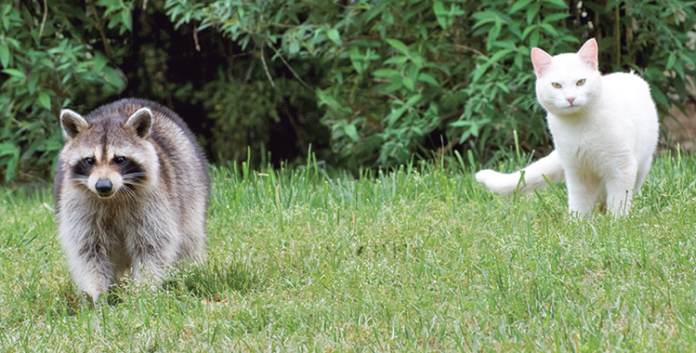A report from the Centers for Disease Control and Prevention showed an 11% increase in documented cases of animal rabies in the United States during 2018 when compared to 2017. The states with the most cases, in decreasing order, were Texas, Virginia, Pennsylvania, North Carolina, Colorado, and New York.
Over 90% of the animals were wildlife. Bats, raccoons, skunk, and foxes were the leaders in decreasing order. Among domestic animals, cats (the most frequent) and dogs accounted for over 80% of the cases. Rabid cattle once again well outnumbered rabid horses and donkeys. Three people died of rabies in 2018, up from two in 2017.
This study emphasizes the importance of having wildlife that bites someone tested for rabies infection, if possible (especially if the animal in question has been acting strangely), and of having susceptible pets vaccinated against rabies. It’s the same with your pets. If your cat is bitten by a wild animal, he needs to be seen by a veterinarian.
Most of the cases of feline and canine rabies were associated with the raccoon variant of the rabies virus, suggesting that contact between pets and raccoons is a common cause of rabies transmission. Pets also can be exposed to ill or dying bats that get into your house or are found outside.
Rabies vaccines are, for the most part, quite safe and effective, so it’s important that all cats—indoor and outdoor—are vaccinated against rabies.




